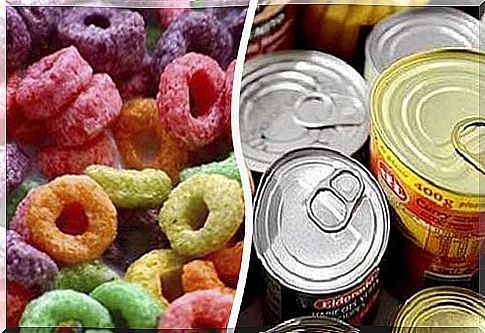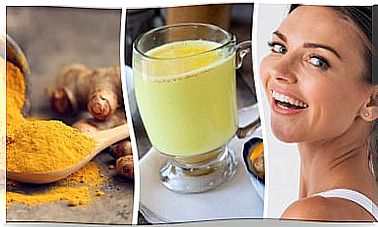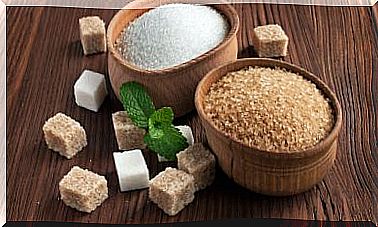The 12 Most Fearsome Toxins In Processed Foods
Since we cannot avoid the consumption of certain products, it never hurts to know the effect they have on the body to be able to counteract it with other types of foods.

Be careful what you eat! You could be adding very dangerous substances to your health in each bite. Currently, the food that we find in supermarket chains and restaurants is far from being natural. The companies in charge of “feeding” us use a large amount of preservatives, chemicals and other additives that, in the long term, are bad for our body.
In the following article, you will learn about the most fearsome toxins in processed foods. Once you have identified them, it is good that you look at the nutritional labeling to detect their presence.
List of toxins that are included in processed foods
Pay close attention the next time you go shopping. First, look at the packaging and labels. You will realize that most of the foods that we usually buy and consume have at least one of the following toxic elements:
High fructose corn syrup
It is present in sweet things, such as “cola” soft drinks and various desserts. It is also widely used in fast food. The potential effects of corn syrup are obesity, insulin resistance, increased fat in the abdomen, and heart disease.
Trans fat
They are called hydrogenated or partially hydrogenated fats. They are in many processed foods such as cookies, breaded, frozen, etc. Thus, the potential effects of trans fats are heart disease, diabetes, and cancer.
There is solid evidence that the regular intake of this class of substances is capable of promoting the development of complex pathologies, as well as a worse state of health.
Artificial flavors
They are present in candy, soda, cookies, and processed foods. Flavorings are really bad for your health. There are more than 100 different chemical additives within this group that aim to “give a more real taste” to food. The potential effects of artificial flavors are allergies and behavioral reactions, such as hyperactivity.
Some of them are capable of affecting the diversity of the intestinal microbiota. This can lead to an increased risk of developing metabolic syndrome, according to a study published in Nutrients .
Monosodium glutamate
Also known as sodium glutamate (MSG), it is present in many salty foods, such as potato chips or breaded, because it is what is used instead of common salt (sodium chloride). The potential effects of monosodium glutamate are:
- Chest pain
- Palpitations in the heart.
- The headache.
- The overstimulation of taste (which gives us the feeling of wanting to eat more).
- Not feeling other flavors or also adding more and more salt to meals.
Artificial colors
Along with flavorings, there are colorants, present in almost all processed foods. Although the label of sweets, candies, cookies or desserts usually says “allowed colorants”, do not remain calm with this clarification. The potential effects of artificial colors are allergies, sinus congestion, hyperactivity (especially in children) and serious mental disorders in childhood such as attention deficit disorder with or without hyperactivity (ADHD) .
Artificial sweeteners
Within this group we can find different types.
- Aspartame or aspartame (which affects the nervous system and can cause headaches, vertigo, memory loss, and seizures).
- Sucralose (which decreases the positive bacteria in the intestine).
- Acesulfame potassium (which can cause cancer, according to some studies).
- The neotame (it is not yet confirmed if it is safe to consume).
- Saccharin.

Sodium nitrite
It is used as a food preservative and to fix the colors in meat products (which have a very low percentage of real meat). It is combined with other salts, those of curing: sodium nitrate and potassium nitrate. Avoid bacterial poisoning. However, it could cause cancer.
Defoamers
This industrial chemical is used in chicken nuggets, for example. It is related to stomach tumors and some damage to people’s DNA.
Anti-caking agents
They are used to absorb moisture from food and are often added to powdered or dehydrated products. They are composed of phosphate, carbonate, silicate and aluminum. The latter is linked to Alzheimer’s disease. Also, it is worth noting that aluminum silicate (present in anti-caking agents) is used in the flu vaccine.
Emulsifiers
There are three main ones: brominated vegetable oil, polysorbate 80 and carrageenan. They are in chocolate milk, ice cream, cottage cheese, jellies, and infant formula. They are processed foods that remain in the body for years.
Beware of toxic food
Now that you know the most common toxins that you can find in your food, try to avoid them! You can improve your quality of life and even prevent some diseases.









